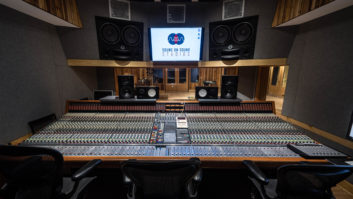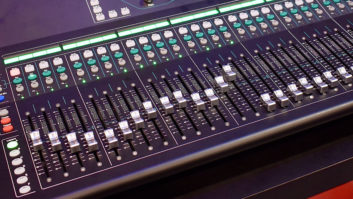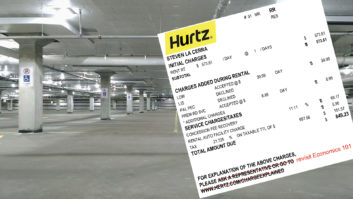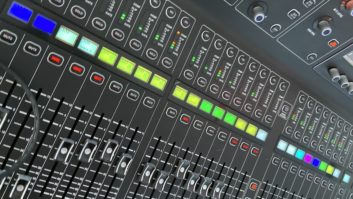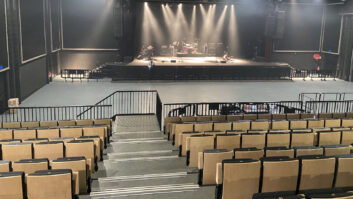Audio-Technica announced that they have upgraded their entire line of Network Microphones and Devices. For the unfamiliar, the Network Microphones and Devices series of equipment includes boundary, gooseneck, hanging and podium mics, and at least one Desk Stand to accommodate a user’s choice of XLR input. One thing that these units all have in common is that they have a Dante Network Output. The upgraded models add AES67 compatibility.
What’s interesting about the announcement is that it displays how audio networking has worked its way into places other than high-end tours and sports arenas. Add to this the following: Sennheiser’s SL DI 4 XLR, a four-input A/D that outputs via Dante, and Shure’s Microflex Advance which includes steerable ceiling microphone arrays with Dante output. And, as the name implies, ClearOne’s Digital-Dante Ceiling Microphone Array incorporates a Dante network interface.
These products are quite different from the “here’s my mixing surface and a 32×16 networked audio stage box.” These are mainstream, nuts-and-bolts devices that we’ll see in houses of worship, schools, auditoriums, and conference rooms. A microphone with a Dante output? What will I do with all of my microphone cables? CAT5 could be the new XLR.
Will there come a time when the XLR panels in recording studios and on stages will be replaced with CAT5 panels? I doubt they’ll be replaced (especially in the studio where we love our vintage mics), but anyone who is building a studio would be a fool not to wire the rooms with plenty of CAT5/6 connectivity. I don’t think it will be too long before we are plugging those vintage microphones into preamp/A-Ds with network outputs, and routing those signals into our DAW interfaces.
The one thing that bugs me is the question of how we’ll handle the proliferation of Ethernet ports. There’s no problem with audio networks being able to accommodate the high channel count we need in pro audio, but most networked interfaces have a limited number of physical Ethernet ports. So there’s going to be some growing pains while we figure out how to get 30 microphone channels from the studio into the control room, if those mics must ultimately reach a single DAW interface that has (e.g.) two CAT5 ports. I guess we’re going to need to start thinking more carefully about network switches because we’re gonna need a ton of them.
Call your broker: buy into network hardware.

